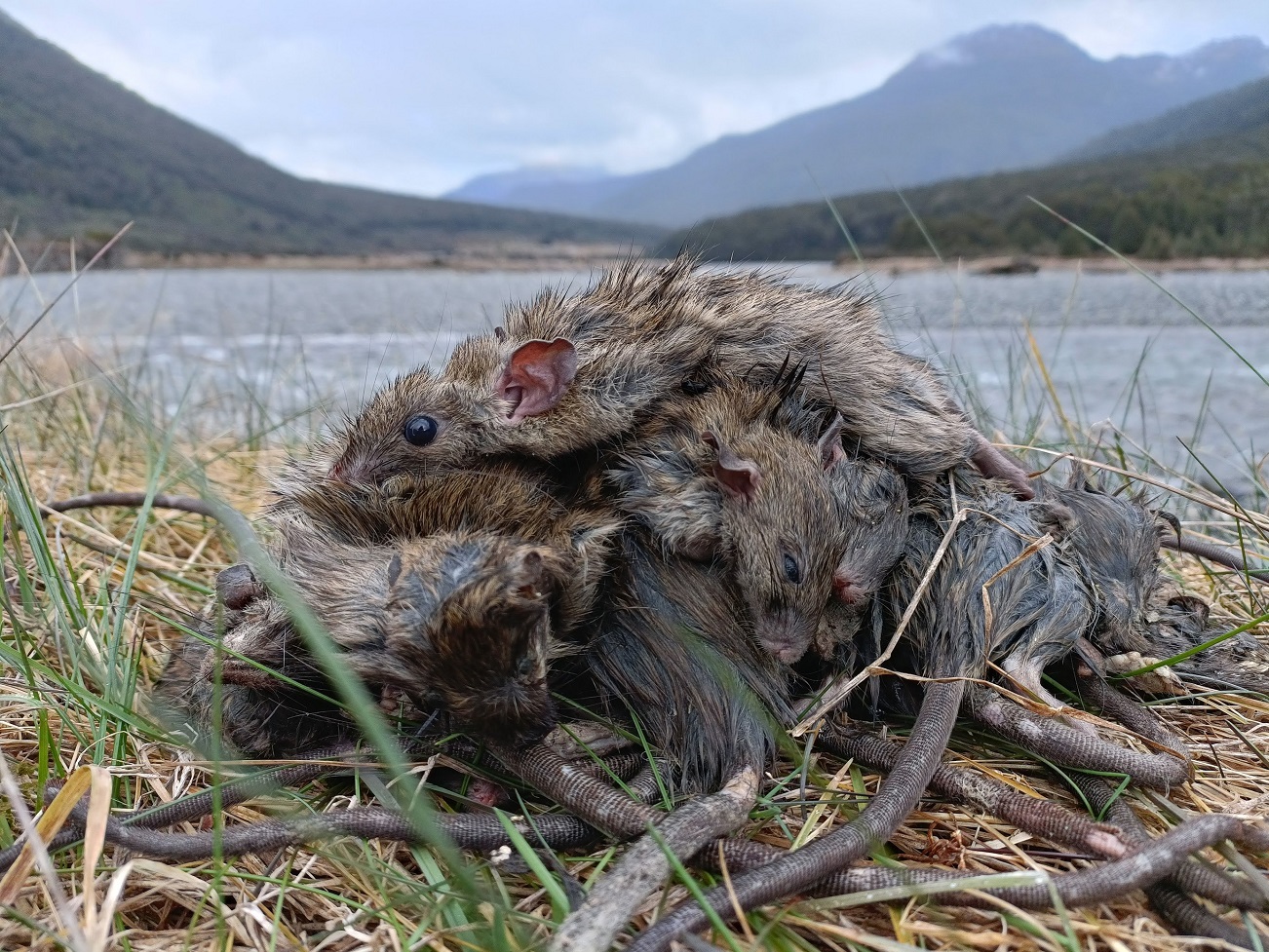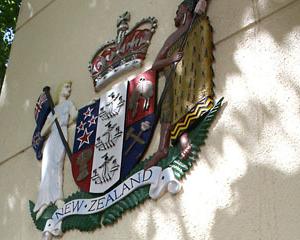Now, thanks to a beech mast summer and a burgeoning rat plague, the mohua are rapidly "going down the gurgler", says Wānaka’s Jo Tilson, who has been monitoring Haast Pass mohua for the past 10 years.
"Unless something is done fast, they will all be dead," she said.
Ms Tilson and F&B’s Central Otago branch chairman Andrew Penniket said volunteers last week collected 20 large, fat rats from one of 12 trapping lines near the Haast Pass.

They are now making an urgent call for action to fight the coming plague of rodents.
The fear is the tree-climbing rodents will target nesting females, creating a speedy and "functional extinction" in one season.
Female mohua were most vulnerable because they nurtured eggs in holes in trees, while the males flitted about, sung to each other and maintained mostly empty territory, Mr Penniket said.
"Our group has been involved for 25 years. They are not prepared to let these birds disappear," Ms Tilson said.

Central Otago F&B met on Tuesday to begin working through various strategies with the Southern Lakes Sanctuary, an umbrella organisation/consortium of Queenstown Lakes environmental groups working towards Predator Free 2050 goals.
Mr Penniket said the Central Otago office of the Department of Conservation would be included in their plans.
Key Doc staff were away on Tuesday and could not come to the meeting, he said.
He and Ms Tilson are planning to launch a local online campaign, Give a Mohua for a Mohua, by the end of the month.

The volunteer mohua project is supported by one of F&B branch’s biggest pool of volunteers — at least 65 people, most of them aged over 60.
The volunteers were already doing everything they could to think of ways to help, including designing and building prototype rat-proof nesting boxes, in the hope some mohua would find them and use them instead of holes in trees, Mr Penniket said.
They had also begun increasing the density of traps on each of the lines, clearing and resetting traps once a fortnight instead of once a month, and would be laying more trap lines on slopes and faces.
Asked if rat toxins could be used this spring and summer, Mr Penniket and Ms Tilson said a "multi-pronged approach" was needed at this urgent stage.

The last time 1080 was used in the Makarora Valley was in 2019, which had successfully "disappeared the possums" for now, Mr Penniket said.
"What we really need is a huge dump of snow, just like the skiers. We need a large dump of snow because it will have a huge impact on rats," Mr Penniket said.
But this winter had just not been cold enough to kill the rats and young rats were already starting to emerge, Ms Tilson said.
"We have a rat plague right now. At the moment, 30% of our tracking tunnels are showing rats. Some are showing 50%.

"We have data analysis that shows a mohua decline [when tracking tunnels are] at 11%, " Ms Tilson said.
"If we don’t get on top of the rats this summer, it will get worse.
"Possums only have one offspring a year but rats can have 10 babies every two months," Mr Penniket said.
"Mohua are our canary in the coal mine ... If the rats flourish, they [native birds] are all going to suffer," he said.








